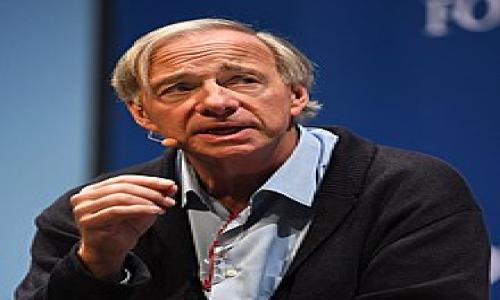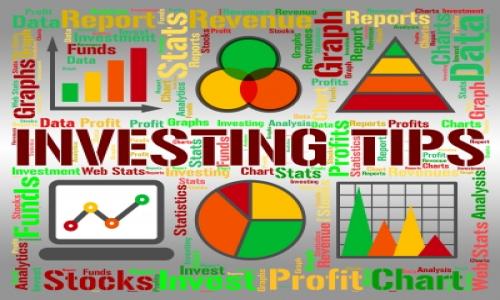High-Yield Bonds: Sorting Through the Junk
Contrary to popular belief, 2009 was a welcome change from the past two years. Investors’ increased appetite for risk drove up prices of many financial assets, particularly high yield bonds. High yield bonds were up 57.5% in 2009, as measured by the total return of the Bank of America Merrill Lynch U.S. High Yield Master II Index. While equities also posted a strong return last year, up 26.5% as measured by the total return of the S&P 500 Index, they meaningfully lagged the high yield bond market. Junk bonds tend to have a relatively high correlation with equities, and are less dependent upon changes in interest rates than investment grade and risk-free debt. The recent recession is a good example of why this may be the case: as interest rates were slashed to stimulate economic growth, yields on investment grade bonds became more appealing, and prices rose. The economic downturn, however, increased the likelihood of default from companies that were not on solid financial ground (i.e., issuers of junk bonds).
Chances are you can still expect to generate a solid income stream and moderate capital appreciation. Because investors are becoming more risk tolerant, they are increasingly willing to own and embrace the attractive yields in the high yield market. Many companies that need to recapitalize will get the needed funding and that can generate more gains. Also, it is likely that defaults will be lower than many forecasters’ dire predictions. Finally, high yield cycles have tended to be durable and generally have not ended after a six-month period of good performance. Previous cycles have historically lasted from four to six years. In the past, there was a strong six-year stretch from 1991 to 1997, and, more recently, the asset class generated good results from 2002 to 2007. For the time being, the trend is our friend.
Standard & Poor’s recently slashed its forecast for U.S. junk bond default rates to 6.9% for next year, less than a month after predicting defaults would increase to 13.9% by August 2010. A reopening of the bond markets following last year’s credit crisis is making it easier for risky companies to stay afloat. Late last year, S&P indicated that default rates could reach 18% if economic conditions worsened.
Despite the more upbeat outlook, yields on junk bonds remain very attractive, flirting with the 10% level in some cases. For up-to-date information on bond yields, visit the www.bestcashcow.com/bond_resources/index.html section at BestCashCow.com. With rates on Treasuries lingering at or near record lows, many investors have turned to junk bonds to enhance the returns on their fixed income investments. Despite these juicy yields, some believe a junk bond bubble is forming, with investors accepting less and less return to take on still significant risks. Given the potential for rising interest rates in this economic and political environment, it may be best to avoid Treasuries and stick with a healthy mix intermediate-term high yield bonds. It is also an excellent time to keep some cash on the sidelines to give you the ammunition to buy opportunistically in the event of a correction.


Add your Comment
or use your BestCashCow account